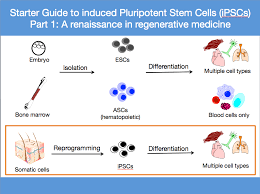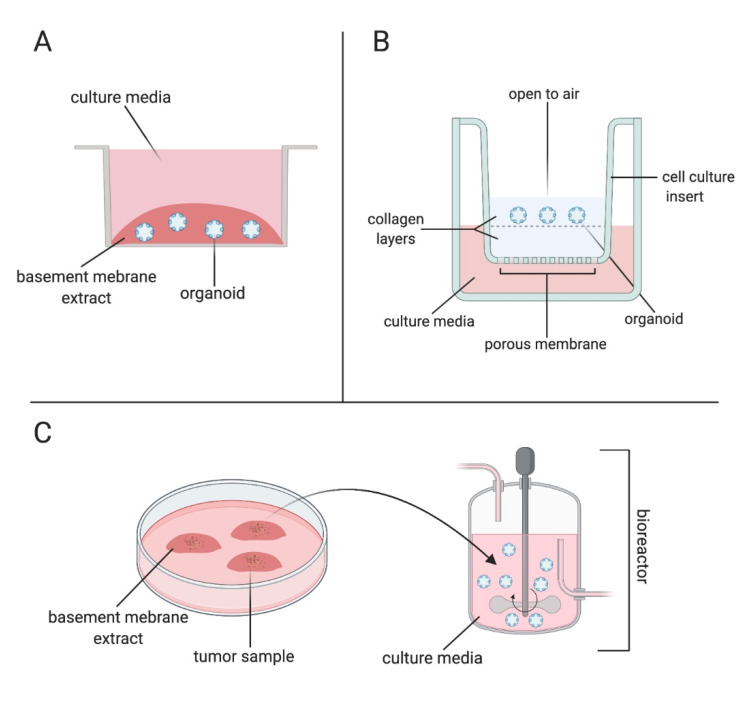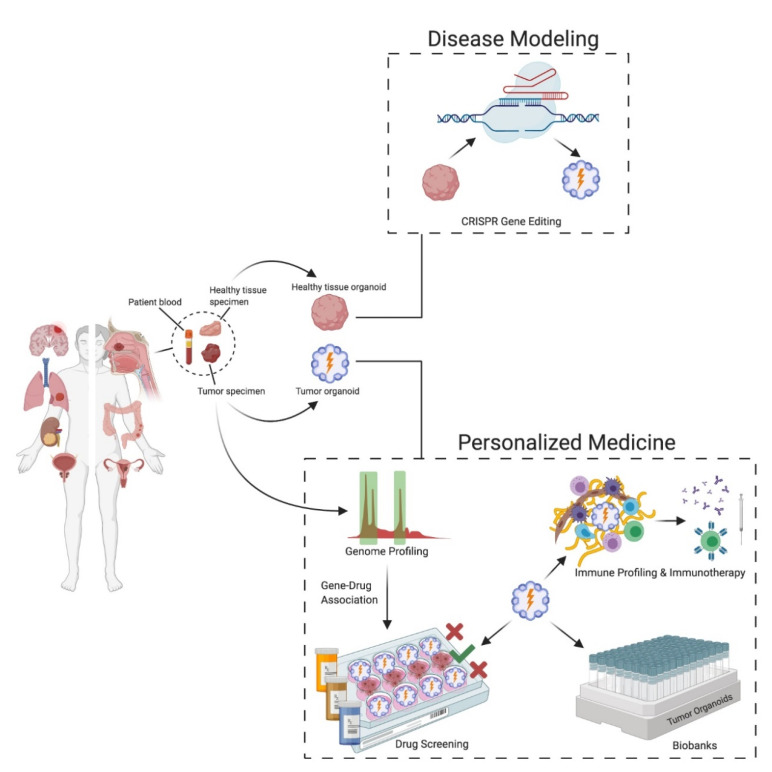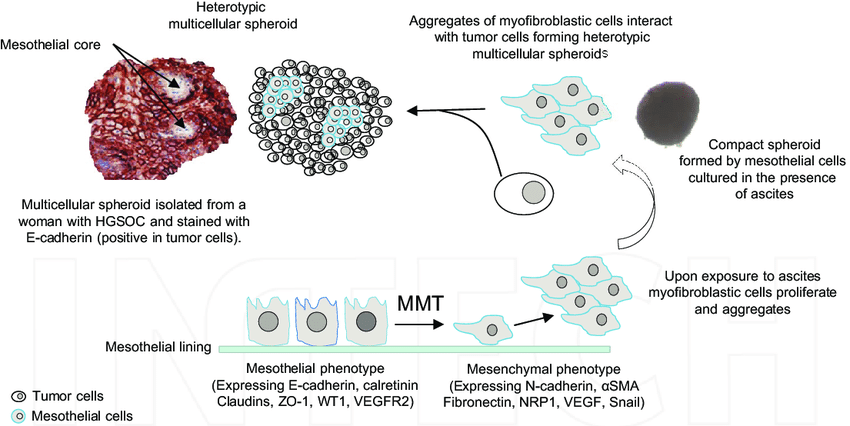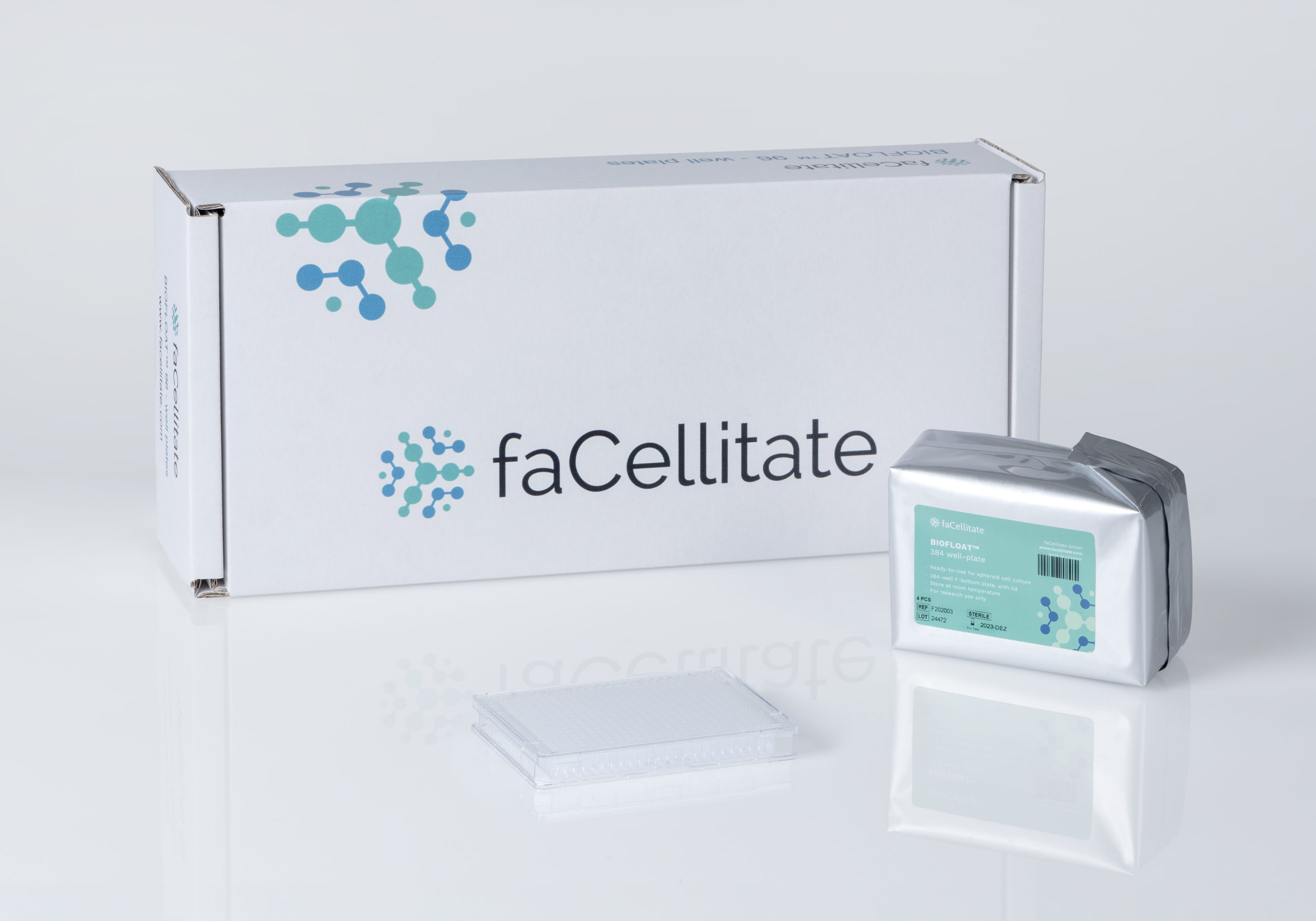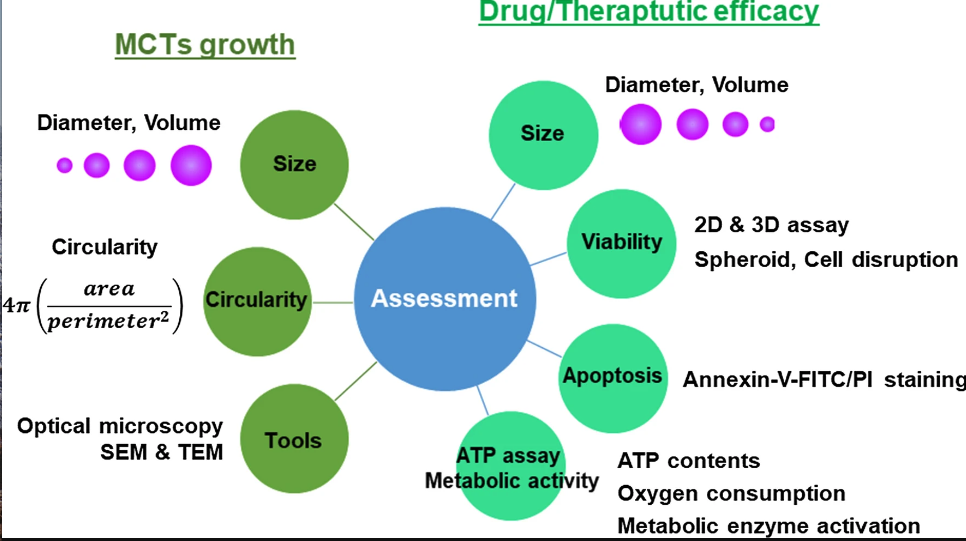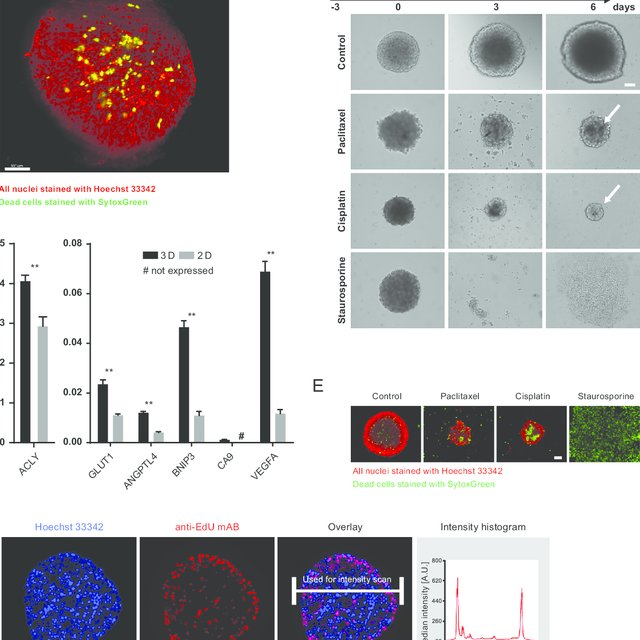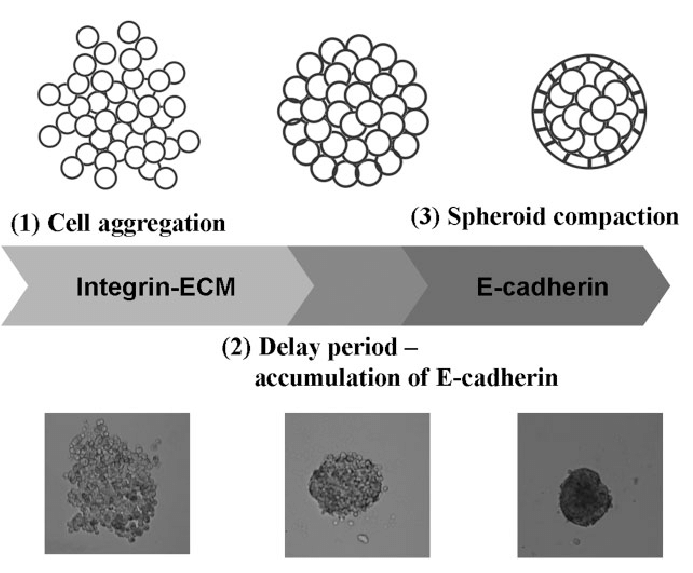Induced Pluripotent Stem Cells – New cell replacement therapy
Induced pluripotent stem cells are a new type of pluripotent cells which can be obtained by reprogramming animal and human differentiated cells. Pluripotent stem cells are a unique model for studying a variety of processes that occur in the early
Tumoroids: A Versatile Tool In Disease Modeling
The development of the organoid model was the result of decades of study in developmental biology, and organ physiology coupled with technological advancements in growing tissues ex vivo. With more and more focus being shifted to 3D cell culture from
Organoids In Personalized Medicine
Organoids are self-organized 3D structures derived from adult or embryonic stem cells that are able to represent the structure and function of the derived tissue. They are able to accurately mimic tissue specific structure and function consistent with in-vivo tissue
Homotypic and heterotypic spheroids
Solid tumors are composed of a number of different types of cells. These include cancer cells, stromal cells such as fibroblasts, immune cells, lymphatic endothelial cells, vascular endothelial cells, pericytes and adipocytes (1). These cells by it self are not
Miniature Spheroid Formation In 384 Well Plates
3D cultures have become a vital tool in tumor related research and drug discovery. 3D cultures of tumor cell lines bear remarkable structural and physiological similarities to in vivo solid tumors. Spheroids of cancer cells are able to mimic the
Cell Viability Testing Using Multicellular Tumor Spheroids (MCTs)
Cellular viability plays an important role when determining the efficacy and reliability of a MCTs model. There are many established viability assays such as colorimetric, luminescence and fluorescence assays. However these assays are well suited and optimized for traditional 2D
Rapidly Developing Organoid Technology
Organoid technology is improving rapidly with effective incorporation of immune cells and vascularization, which often represents the major hurdles in this technology. Other advancements are to facilitate new discovery research and drug development efforts. Glioblastoma is known to invade along the
Spheroids And Their Application In 3D Bioprinting
Spheroids are recognized as physiologically relevant three-dimensional models that could capture the major characteristics of both healthy and diseased tissues. Considering its high cell density, increased deposition of extracellular matrix and accelerated proliferation rates, spheroid-based tumour models can greatly reduce
Therapeutic Efficacy Of Multicellular Tumor Spheroids
Despite the much advancement seen in tumor related research and drug discovery, cancer research still experiences a significant amount of challenges due the complex behaviour of tumor cells. Multicellular tumor spheroids (MCTs) bear remarkable similarities to in vivo solid tumors
Forming Compact Spheroids
Spheroids, which are self, assembled cellular aggregates, as a representative 3D model of solid tumors is largely dependent on the uniformity of its size and shape. Uniform spheroids yield reproducible results in drug screens as well as obtaining meaningful findings


